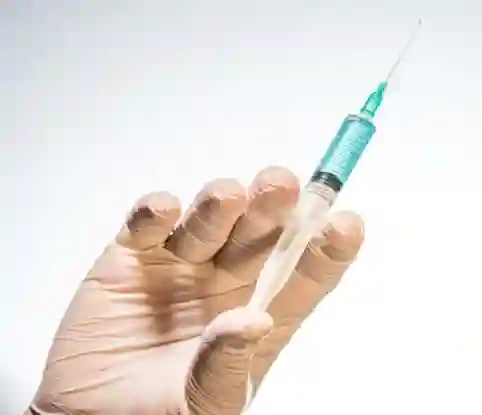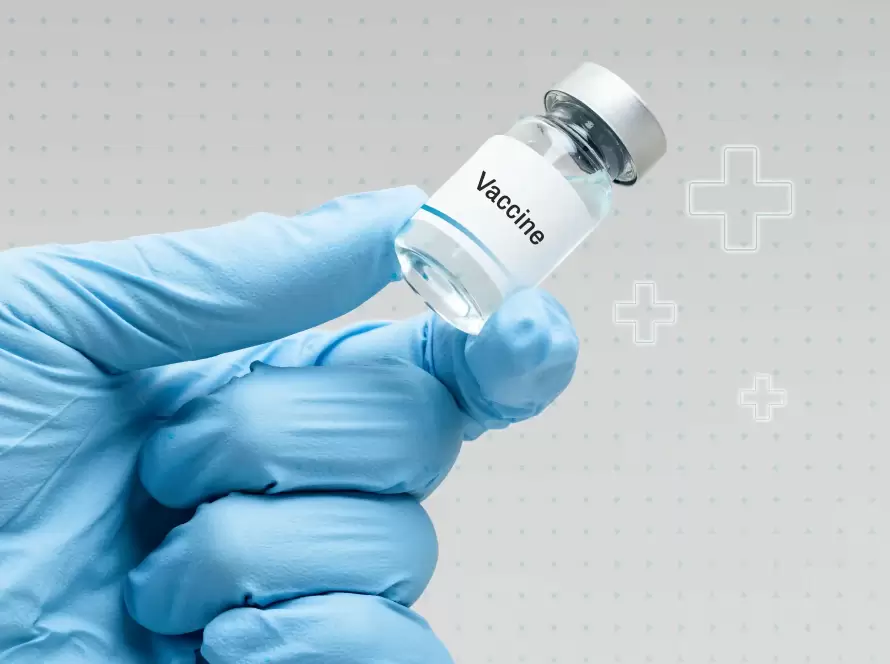The field of medicine is continuously advancing, with new discoveries and innovations emerging daily. A fundamental aspect of medical treatment that has remained essential over time is the practice of injections. Injections are crucial for administering lifesaving treatments directly into our blood, thereby making the medicinal component available to act instantly. In the medical field, injections are an essential method for administering medications and vaccines directly into the body. They provide several benefits over other administration routes, such as oral or topical methods. Injections enable quicker delivery of medication into the bloodstream, resulting in faster therapeutic effects. This is particularly critical in emergency situations where prompt action is required.

In addition, injections ensure precise dosing accuracy, reducing the risk of under- or overdosing. By bypassing the digestive system and liver metabolism, they allow the medicinal component almost 100% available into the bloodstream thereby that increases drug potency with enhanced therapeutic action. Some medications cannot survive the acidic environment of the stomach or are degraded by enzymes when taken orally, but injections provide a direct route for delivering these sensitive drugs safely. Recognizing the significance of injections in medicine helps us appreciate their role in providing rapid, targeted treatment, thereby ensuring optimal efficacy and patient outcomes.
Injections are given by different routes of administration: These include the followings:
- Intramuscular (IM) injection: Here, the injection needle is inserted deep into the muscle. IM injections are typically used for medications that need to be absorbed slowly over time or when large doses are necessary.
- Subcutaneous (SC) injection: The injection administered just below the skin’s surface using a shorter needle. This method allows for the slow release and absorption of medications like insulin.
- Intravenous (IV) injection: This involves delivering medication directly into a vein through a small catheter inserted into the bloodstream. IV injections provide rapid effects as they bypass digestion and quickly enter circulation. IV routes are often used during medical emergencies.
- Intradermal (ID) injections: Here the medication is injected just under the top layer of skin. ID injections are commonly used for allergy testing or tuberculosis screenings.
Spinal or epidural injections target specific areas around the spine to provide localized anesthesia during surgeries or to manage chronic pain conditions.


Administering injections is a crucial component of healthcare, ensuring medications and vaccines are delivered safely and effectively. To achieve the best outcomes for patients, healthcare professionals must adhere to certain best practices when administering injections.
- Proper hand hygiene is essential before any injection procedure. Healthcare providers should thoroughly wash their hands or use an alcohol-based sanitizer to minimize the risk of introducing bacteria into the patient’s body.
- Selecting the appropriate needle size and type is critical. This choice depends on factors such as the patient’s age, weight, the medication being administered, and the injection site and the recommended route of administration. Using a smaller gauge needle can help reduce pain and discomfort for the patient.
- Maintaining a sterile environment during injection preparation is also vital. This involves using sterile equipment, such as syringes and vials, and ensuring that surfaces are clean and disinfected.
- Proper injection technique ensures the accurate delivery of medication into muscle tissue or subcutaneous fat layers. Following guidelines for specific injection sites helps avoid complications like nerve damage or accidental intravenous administration.
- After completing an injection, proper disposal of used needles and other sharps in designated containers reduces the risk of injury or transmission of infectious diseases from contaminated needles.
In conclusion, injections are a vital method in medicine for delivering medications and vaccines efficiently and safely. By adhering to best practices, healthcare professionals ensure optimal patient outcomes and maintain high standards of care. Adhering to best practices not only ensures safety but also maximizes the efficacy of medications delivered through injections. By consistently following established protocols, healthcare professionals contribute to positive treatment outcomes for their patients.



